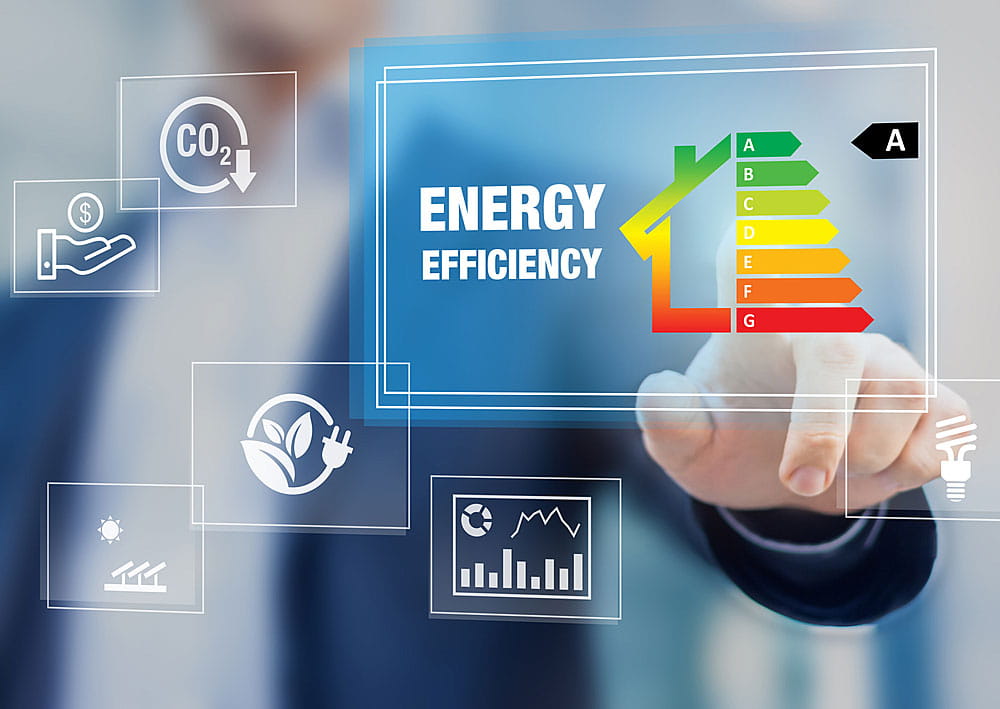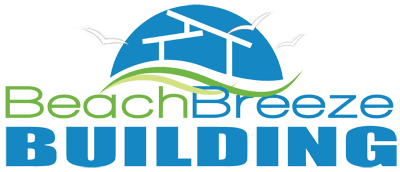1. Beach Breeze Building Tips: Sustainable building practices and the corner stones of passive design.
Recently new legislation was introduced with a key focus on sustainable building. As of the 1st of October, the way homes are assessed has been overhauled and minimum performance ratings increased. Homes are assessed in greater detail, and more elements of the home come into play. Overall, this increased the homes energy performance by approximately 20%.
The cost of living is at an all-time high, and utility bills are a leading contributor as energy costs soar. Whether you’re a believer of climate change or not, the bottom line is there are many practices that can be implemented which result in a home that is better for the environment, healthier, costs less to run and is more comfortable to live in.
We thought it would be a good opportunity to discuss some sustainable building practices and how they can be implemented to an all-round better home.
Firstly, what is an energy efficient home?
An energy-efficient-passive home is designed and constructed to have an increased ability to passively heat and cool itself. The goal is to minimise energy consumption and maximize energy conservation.
If you’re searching for a professional building company to start your building journey, get in touch with us via our website www.beachbreezebuilding.com.au

2. DESIGN & ORIENTATION
Effective insulation helps maintain a consistent indoor temperature. It keeps the warm air in, and cold air out during winter, and vice versa when it’s hot in summer. There’s no such thing as over insulating when it comes to a home, the more the better as it reduces the need for heating or cooling.
Commonly insulated areas are walls, ceilings, roof spaces and floors. Insulation is rated using and “R” value and the higher the value, the better the insulation will perform.
Fibreglass batts are the most commonly used form of insulation used in Australia however there are many others being introduced like foam, cotton, mineral wool, SIPS (structural insulated panel). To maximise performance, it’s important to ensure that insulation is installed correctly without any gaps.
If you’re searching for a professional building company, get in touch with us to start your building journey today.
3. INSULATION
Effective insulation helps maintain a consistent indoor temperature. It keeps the warm air in, and cold air out during winter, and vice versa when it’s hot in summer. There’s no such thing as over insulating when it comes to a home, the more the better as it reduces the need for heating or cooling.
Commonly insulated areas are walls, ceilings, roof spaces and floors. Insulation is rated using and “R” value and the higher the value, the better the insulation will perform.
Fibreglass batts are the most commonly used form of insulation used in Australia however there are many others being introduced like foam, cotton, mineral wool, SIPS (structural insulated panel). To maximise performance, it’s important to ensure that insulation is installed correctly without any gaps.
If you’re searching for a professional building company, get in touch with us to start your building journey today.
4. DRAFT SEALING
Proper sealing of voids and gaps with the building envelope helps to prevent air leakage and while it’s a simple and relatively low cost to implement, its often overlooked.
Some common practices that will lead to a more airtight home are;
- Installing weather seals to windows and doors.
- Filling the voids around window reveals and door jambs.
- Installing baffles to ducting.
- Installing wraps to external walls and roofs and ensuring all joints and penetrations are sealed with tape.
5. WINDOWS AND DOORS
High performance energy-efficient windows with low-emissivity (low E) coatings, or double glazing and can prevent heat loss in the winter and reduce heat gain in the summer.
Windows and doors are assessed and rated on 2 factors, U-Value & Solar Heat Gain Coefficient (SHGC). U-factor measures the rate of heat transfer through a window with lower U-values indicating better insulation. SHGC measures how much solar heat is transmitted through the glass. For energy efficiency, a lower SHGC is desirable in warm climates.
The frame material and assembly should also be considered. Materials such as UPVC, timber, fiberglass, or thermally broken aluminium frames are commonly used for their low thermal conductivity and are beneficial to passive design.
If you’re searching for a professional building company, get in touch with us to start your building journey today.
6. APPLIANCES, LIGHTING & SMART TECHNOLOGIES
Use of energy-efficient lighting technologies, such as LED bulbs, can significantly reduce electricity consumption compared to traditional incandescent or fluorescent lighting.
Coupling lighting with smart technologies and integrating with energy management systems, sensors, and automation, allows for better control and optimization of energy use in real-time. Choosing suitable energy-efficient appliances and equipment with high ENERGY STAR ratings, can contribute to overall energy savings.
If you’re searching for a professional building company, get in touch with us to start your building journey today.
7. RENEWABLE ENERGY SOURCES
You can decrease your reliance on gas and electricity from the grid by incorporating renewable energy sources within your home. Roof top solar panels have come a long way and are becoming more affordable as more and more manufacturers enter market.
As many families work throughout the day, peak energy consumption is generally during the evening when everyone arrives home. Coupling a solar system with a battery will allow the use of stored excess electricity after the sun has gone down and the system is no longer generating power.
Solar hot water heaters, heat pumps, hydronic heating-cooling are also some other ways to use alternative energy in your home.
If you’re searching for a professional building company, get in touch with us to start your building journey today.
8. WATER EFFICIENCY
Implementing water-efficient tapware, fixtures and systems will reduce the cost and consumption of water.
Catchment and storage of rainwater is another way to reduce consumption. Stored rainwater can be used for laundry washing, flushing toilets and in the garden. Purifying rainwater will allow for drinking and its full integration in the home too. There are many forms of rainwater storage being introduced to the market and storing rainwater doesn’t require a huge tank that takes up space. Storage in the form of bladders used under floor space, or linked cells incorporated in the concrete floor slab take up no space at all.
Greywater is water that has been used in household activities like laundry, dishwashing, and bathing. Greywater systems treat and reuse this water for non-potable purposes, such as landscape irrigation.
Selecting native or drought-resistant plants for gardens and landscaping can be beneficial as they typically require less water. Designing landscapes that group plants with similar water needs can also improve water efficiency.
If you’re searching for a professional building company, get in touch with us to start your building journey today.
Luxury Building Services, Down to Earth Advice
Expect the Best for your Dream Home or renovation. We certainly do & are waiting to discuss your building visions with you.
HIA GreenSmart
Beach Breeze Building is a proud member HIA GreenSmart. HIA GreenSmart is a program offering up-to-date information on practical, affordable and durable environmental solutions for residential design and construction. As one of Australia’s first professional green building initiatives, the program offers a HIA accredited training course for builders and designers wanting to develop new skills and acquire green credentials.
The Benefits of a GreenSmart Home
A GreenSmart house is a sustainable home created using environmentally responsible housing design ideas, building techniques and products. The focus is on building and designing structures that have lower environmental impacts.
The key principles of building a home with environmental features include correct site orientation to maximise solar design principles, natural ventilation, insulation, thermal mass and flooring.
Get in touch
Building a home is one of the most important and expensive things you will do in your life. We also understand that it can at times be very stressful. We are here to help. Our promise to you is that you’ll always have someone to talk to if you have any questions along the way. Feel free to ask as many questions as you want, as often as you need. We cover the entire Central Coast including Terrigal, Wamberal, Killcare, Avoca beach, Forresters Beach and Matcham.

